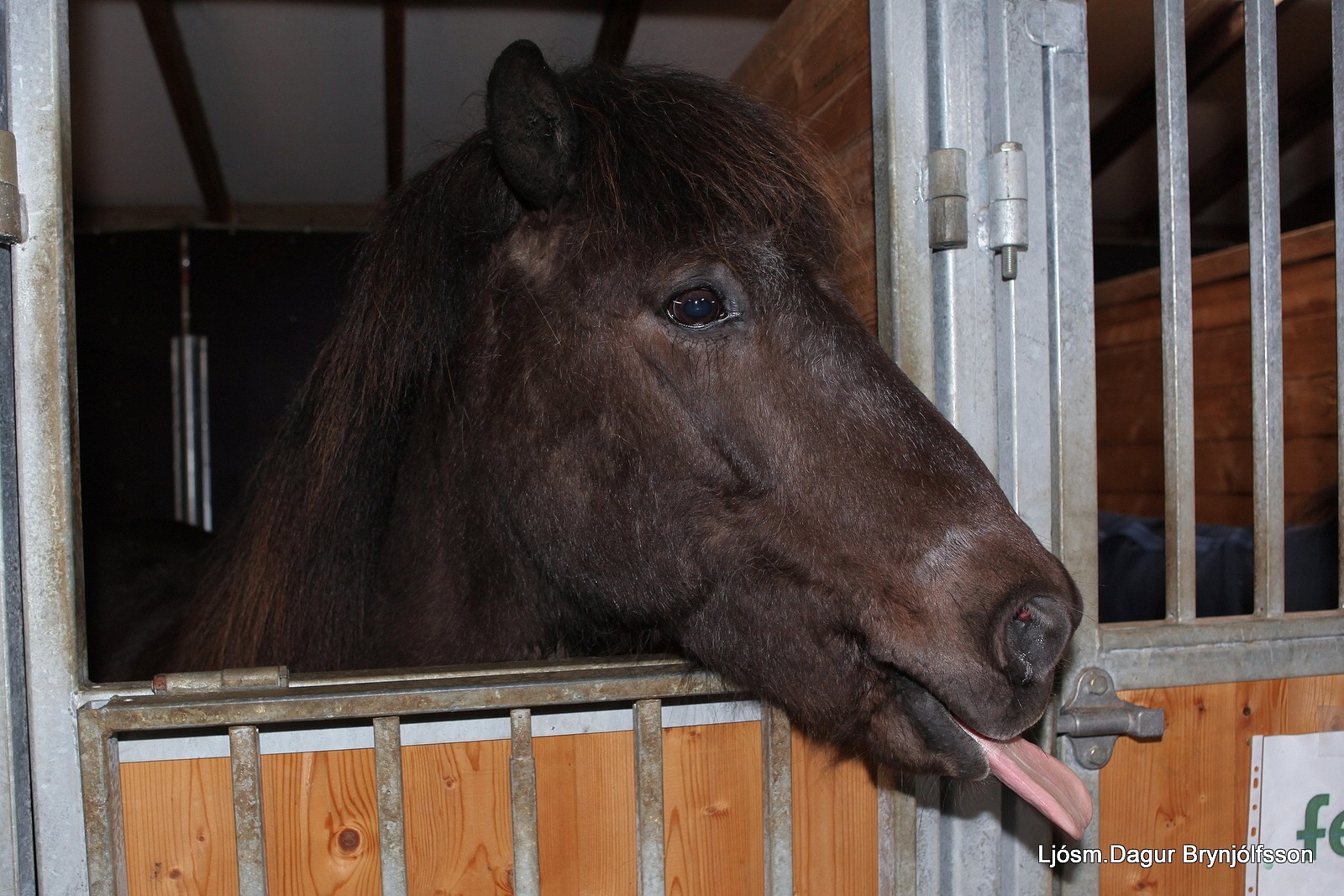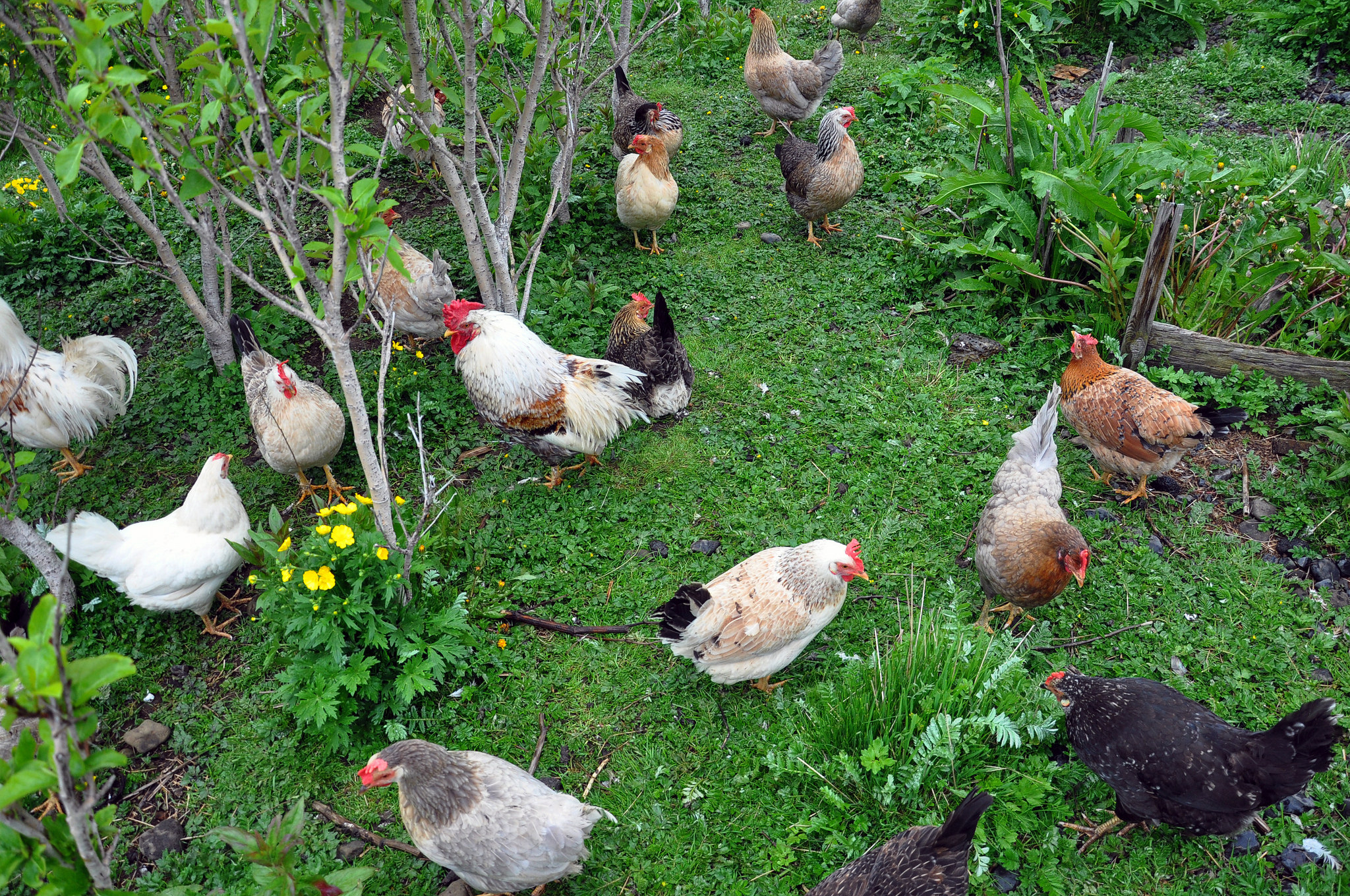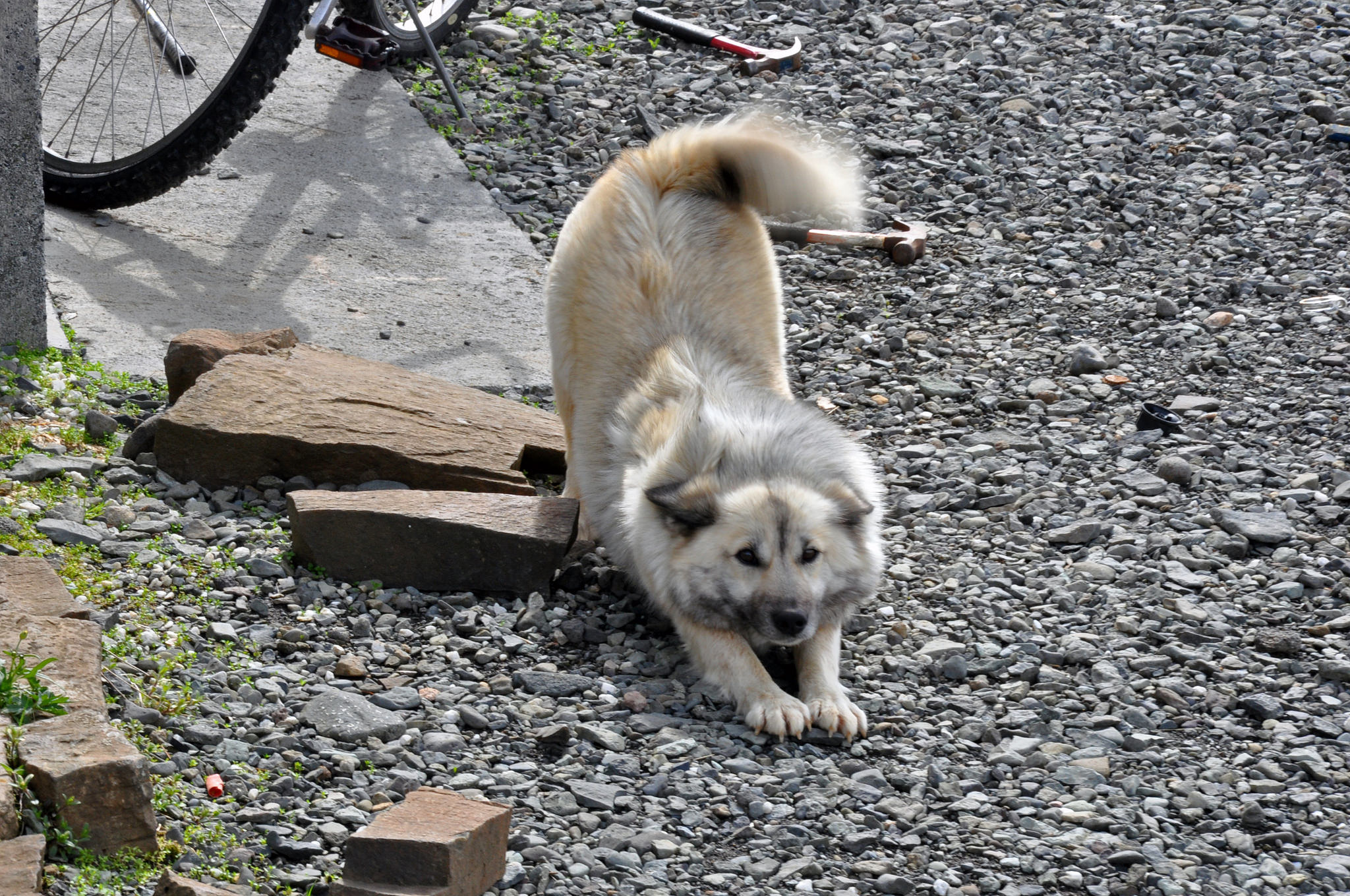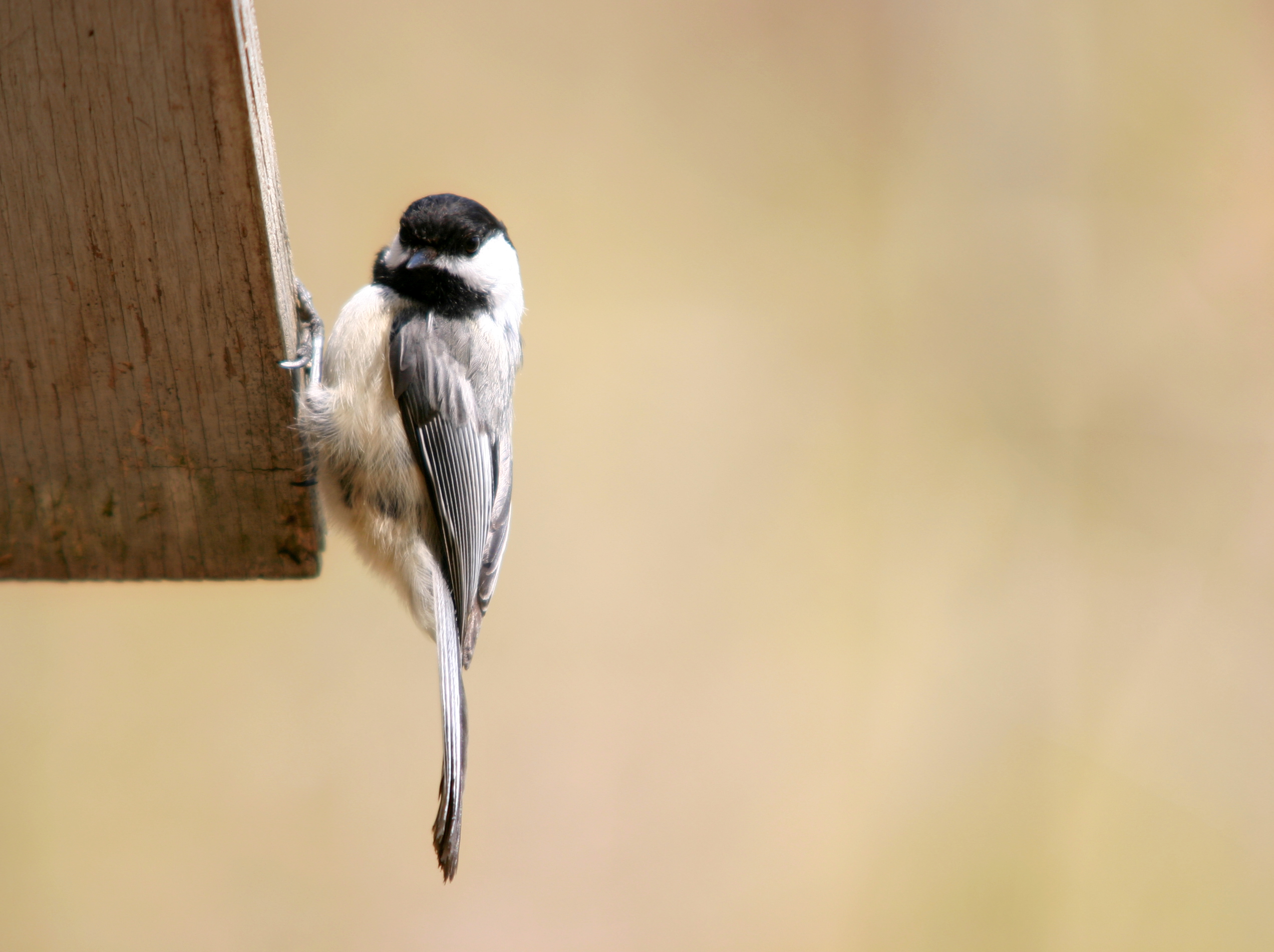Ready, steady, rhyme! Posted by hulda on Nov 10, 2016 in Icelandic culture, Icelandic grammar, Icelandic history
This blog post won’t have anything political in it. Instead I’m going to fill it with poetry and cute animals, because every now and then everyone needs at least a few moments of something calming, harmless and good in their lives. Besides, I believe that looking at pictures of cute animals is good for the soul and I cannot be convinced otherwise!
An old Icelandic children’s song, Lausavísur, goes:
Hani, krummi, hundur, svín
hestur, mús, titlingur.
Galar, krunkar, geltir, hrín
gneggjar, tístir, singur.
Hen, raven, dog, pig
Horse, mouse, chickadee.
Crows, cronks, barks, squeals
Neighs, chirps, sings.
(Shhh I know cronk isn’t an actual word, but there’s no way I could better translate the word krunka – it’s onomatopoeic word for the sound a raven makes. Likewise, the official word for raven is hrafn, krummi is just a loving nickname.)
What I wanted to talk about was not actually the animals though, they’re just a bonus. The main topic is Icelandic poetic metre called ríma/rímur. Ríma is singular, rímur plural, but as English uses the plural form rímur for Icelandic poems like this I’ll be using that as well.
Germanic languages often have alliterative tradition for poetry, and Icelandic is no exception. There’s a set structure for how a rímur must be written and according to one of my professors there are even people with a “poetry ear”, who can immediately tell if a rímur is composed right or wrong regardless of whether they’ve actually ever studied rímur. Rímur are a hundreds of years old tradition that’s recently made a strong comeback after almost disappearing for a while. The earliest surviving rímur was written in 1480-90 and it was called Óláfs ríma Haraldssonar, only found in Flateyjarbók (= Book of Flateyjar, lit. transl. Book of Flat Islands). As an interesting fact, rímur actually helped preserve some important parts of the history of Icelandic literature: rímur were often written about existing sagas which have since disappeared, but since the rímur about them still exist we know the story that the saga told!
Lausavísur is the most typical form of rímur called ferskeytt (= four-cornered). It has four lines, alternating between odd and even number of syllables for each line. The alliteration has strict rules as well, as the same consonant has to start one line and repeat twice in another one (doesn’t matter which one happens first), and they all have to fall on stressed syllables. The one that stands alone at the beginning of a line is called höfuðstafur, whereas the twice-repeating ones are stuðlar.
Confusing enough? Let’s add more confusion! The höfuðstafur and stuðlar have to begin with the same sound, but that’s just the beginning of it and only refers to the majority of consonants. S is an exception: if a word begins with S+Consonant, they have to be the same pair! So strákur (= boy) and stelpa (= girl) rhyme, but stelpa and spöng (= ribbon) don’t. However, all vowels alliterate with each other, so for example the following lines work perfectly:
Yfir kaldan eyðisand
einn um nótt ég sveima.
(= Over the cold waste sand / alone at night I roam.)
…ok, one more step. The rhythm. It’s not as simple as counting the syllables, because Icelandic can tie vowels together like so:
Nú er horfið Norðurland,
nú á ég hvergi heima.
(= Now the Northern land has disappeared / now I have a home nowhere.)
I bolded the two words that will be pronounced as one syllable to make the odd+even syllable rule work. Let’s look at that little children’s song about animals again:
Hani, krummi, hundur, svín (7)
hestur, mús, titlingur. (6)
Galar, krunkar, geltir, hrín (7)
gneggjar, tístir, singur. (6)
To top it off Icelanders also like to rhyme the ends of the lines, so let’s just say composing a poem in Icelandic metre should probably be an Olympic sport!

Build vocabulary, practice pronunciation, and more with Transparent Language Online. Available anytime, anywhere, on any device.
About the Author: hulda
Hi, I'm Hulda, originally Finnish but now living in the suburbs of Reykjavík. I'm here to help you in any way I can if you're considering learning Icelandic. Nice to meet you!








Comments:
BRIAN HETHERINGTON:
Where do the two line rimur come from?
hulda:
@BRIAN HETHERINGTON Sorry, I’m not sure I understand your question right, but if you’re asking where rímur come from they likely developed from Eddaic poetry which is similar, only with simpler rules.
If you’re asking about the poem I split in two, that’s called Yfir kaldan eyðisand and it’s by Kristján Jónsson fjallaskáld.
BRIAN HETHERINGTON:
@hulda Thanks, Hulda. it was the second I meant but the link to Eddaic poetry is fascinating.
Þórir PP Hólmfríðarson:
I see that you have purposely not made a post about the elections and the politics about the forming of the new government that is still going on today. That is alright, I think that we (meaning Icelanders) are all kind of tired of the political talk anyways. So I understand if you are as well. Loved your post though, like all the others. ♥
Ég sé að þú hefur viljandi ekki minnst á kosninganar og allt vesenið í kringum það að forma nýju ríkisstjórnina sem er enn í gangi í dag. Það er alveg í lægi, ég held að við séum öll dálítið þreitt af allari pólitísku umræðunni sem er í gangi. Svo ég skil ef þú ert það líka. Elskaði það sem þú skrifaðir (ég veit ekki hvernig ‘post’ er á íslensku), eins og ég gerir alltaf. ♥
hulda:
@Þórir PP Hólmfríðarson Yes – both the Icelandic and the American elections and their aftermaths have been so much in the news lately that I felt that a little break, even one as tiny as my one blog post, would be in order. 🙂 Thank you for the nice comment!